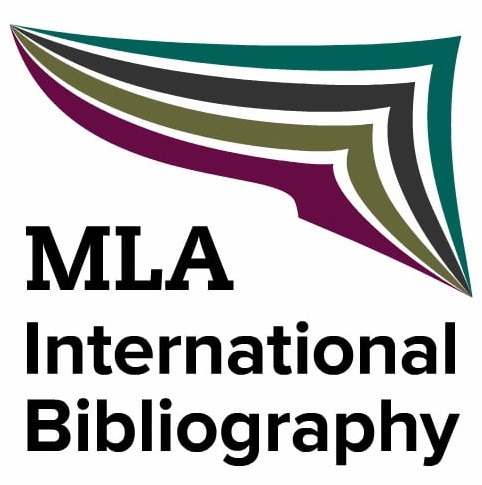Penser avec Salomé. Variantes d’un symbole, du mythe à l’opéra
DOI:
https://doi.org/10.13135/2281-6658/4650Parole chiave:
Claude Lévi-Strauss, Myth, Richard Strauss, Salome, Symbol, Textualization, Oscar WildeAbstract
Using as an example the opera Salome by Richard Strauss (1905), which was adapted from the play by Oscar Wilde (1893), the article argues that artworks can be considered as concrete thinking for the same reason as myths, and even more so, because they transform myths into texts (understood as remediations of a mythic matrix within particular mediums). The article thus propounds a new interpretation of the Romantic concept of symbol, understood as a figure emerging from those textualizations of myths, each transfer of the myth from one medium to another requiring a re-symbolization. The article analyses those operations within Strauss’ opera, and then, moving backward in time, it studies the transformations of the myth of Salome through the history of its resymbolizations, which ended in making of her not only the symbol of Art, but also, as in Wilde’s version, an allegory of desire far removed from the original tradition coming from the Gospels. The article thus intends to show that thought import of the artworks is contained in the way they transform others.
Downloads
##submission.downloads##
Pubblicato
Fascicolo
Sezione
Licenza
Gli autori mantengono i diritti sulla loro opera e cedono alla rivista il diritto di prima pubblicazione dell'opera, contemporaneamente licenziata sotto una Licenza Creative Commons - Attribuzione che permette ad altri di condividere l'opera indicando la paternità intellettuale e la prima pubblicazione su questa rivista.







